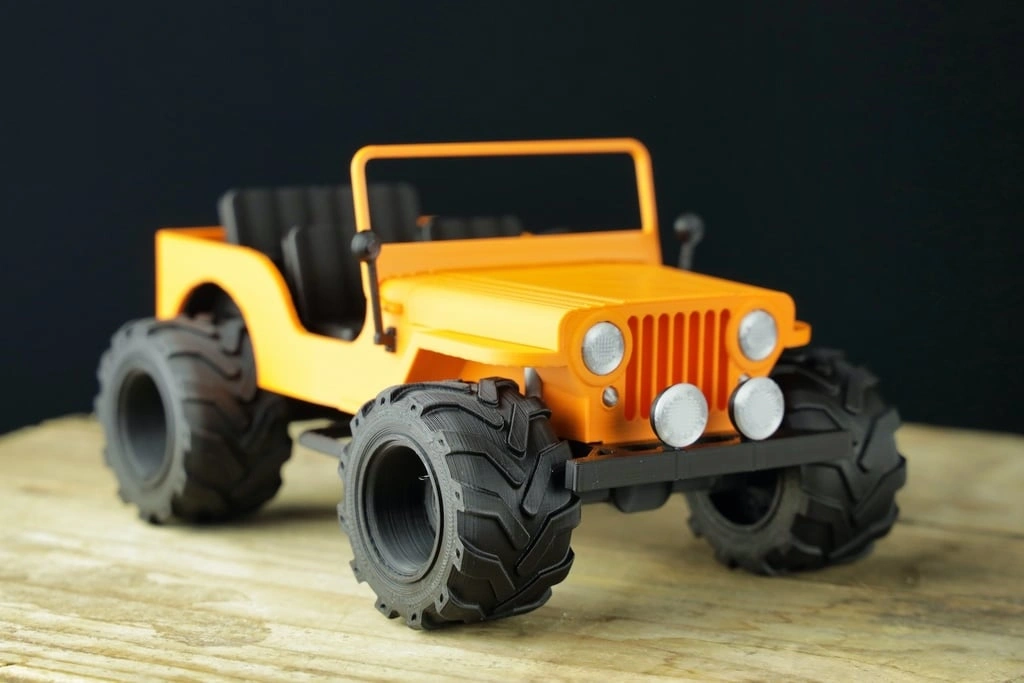What age is appropriate for 3D printing?
Jul 31,2023 | 3D4Create
I. Introduction
As 3D printing becomes more accessible, parents looking to encourage STEM learning may wonder - what age can my child start 3D printing? With appropriate supervision and age-specific guidance, 3D printing can enrich education for kids as young as 6.
In this article, we’ll provide 3D printing safety tips and explore recommended activities matched to different age groups.
II. Ages 6-7: Supervision with Pre-Designed Models
At ages 6-7, preschoolers can start interacting with 3D printers under adult supervision. Key guidelines include:
- Focus on pre-designed models which print reliably and appeal visually. Choose toys, animals, jewelry, or simple crafts parts.
- Do not allow access to the 3D modeling software yet. CAD programs require reading proficiency and design logic skills not fully developed at this age.
- Allow the child to interact with printer controls like loading filament or starting prints. But provide guidance and operate the more complex calibrations yourself.
- Closely watch the print process with the child to make the experience engaging while monitoring for safety.
There are some models specifically designed for kids on the market. With enclosed design, they can protect kids safety.

EasyThreed Minnie 3D Printer for Kids
III. Ages 8-10: Introduce Beginner Modeling and Printer Skills
At ages 8-10, as reading comprehension and coordination improve, kids can take on more involvement:
- Introduce entry-level 3D modeling programs like TinkerCAD. Provide supervision as they create very simple objects.
- Begin teaching printer part identification and basic functions like bed leveling, filament loading, and using the control interface.
- Allow the child to perform basic troubleshooting under supervision like unclogging filament or resetting the printer.
- Reinforce safety practices around high temperatures, moving parts, and noise.
IV. Ages 11-13: Encourage Creativity and Advanced Printing Skills
In the pre-teen ages of 11-13, kids are ready for expanded 3D printing engagement:
- Allow free exploration of computer-aided design to bring their unique ideas to life. Provide advice as needed.
- Oversee as they perform more advanced printer tasks like changing nozzles, adjusting belt tension, leveling the build plate, and changing filament types.
- Guide them through moderately complex print troubleshooting like extruder disassembly or debugging heating element issues.
- Remain vigilant about safety protocols given increased independence.
V. Ages 14+: Explore Advanced Design and Printing Techniques
By the teen years at age 14+, young makers can take the lead on 3D printing:
- Introduce advanced CAD software and techniques like parametric design, organic modeling, texturing, and assemblies.
- Provide high-end printer models to exercise skills in calibration, building multi-part objects, and post-processing.
- Allow independent troubleshooting of common print issues while intervening for safety with electrical or high heat components if needed.
- Move into multi-material printing, comparing properties like strength and flexibility.
VI. Conclusion
Introducing 3D printing at the appropriate ages allows kids to progressively build confidence and learn at their own pace. While exact readiness varies by child, the 6-7, 8-10, 11-13, and 14+ age ranges provide a general guide for skill development.
Tailor projects to match interests at each stage. With diligent parental supervision to promote safety and education, 3D printing will enrich any young maker’s skills and capacities to create.
FAQS
1. Is 3D printing a good idea for kids?
A: Yes, 3D printing can be an excellent educational tool for kids. It fosters creativity, problem-solving, and hands-on learning. However, adult supervision and guidance are necessary to ensure safety and proper use.
2. Can an 11-year-old use a 3D printer?
A: With appropriate supervision and guidance, an 11-year-old can certainly learn to use a 3D printer. Simple and user-friendly models, along with thorough instruction, can make the process accessible and enjoyable for children.
3. Is a 3D printer a good gift for a 9-year-old?
A: Depending on the child's interests and maturity level, a 3D printer can be a fantastic gift for a 9-year-old. Consider starting with a kid-friendly and easy-to-use printer that comes with appropriate safety features.
4. How do you introduce 3D printing to kids?
A: To introduce 3D printing to kids, start with age-appropriate resources, books, or online tutorials that explain the basics. Consider hands-on activities like designing simple objects using kid-friendly modeling software or participating in 3D printing workshops designed for children.
See Also
5 Best 3D Printers for Kids in 2023
How will 3D printing impact teaching and learning?
Can Children Use a 3D Printer? Pros, Cons and Age Limits
3D Printing for Kids: An Ultimate Guide for Parents


